Kia shows the design of the PV5 in advance
With the models based on the PBV platform, Kia wants to take a slightly different approach to light commercial vehicles. Instead of deriving the electric versions of the vans and transporters from combustion engine models to achieve the highest possible unit numbers and economies of scale, the ‘Purpose Built Vehicles’ have their own electric vehicle platform as well as the appropriate software and customised services relating to the use of the vehicles. You can read more about the direction Kia is taking with its PBV strategy here.
With the Concept PV5 and Concept PV7 studies, the Koreans have already shown – including at the IAA Transportation last autumn – that this approach is also to be underpinned by an independent design that differs from classic vans. Many elements, such as the almost closed front and the daytime running lights that extend almost to the A-pillar, are strongly based on the studies. However, the design of the series model is ultimately much more conventional in some details, as a study does not have to pass crash tests, for example.
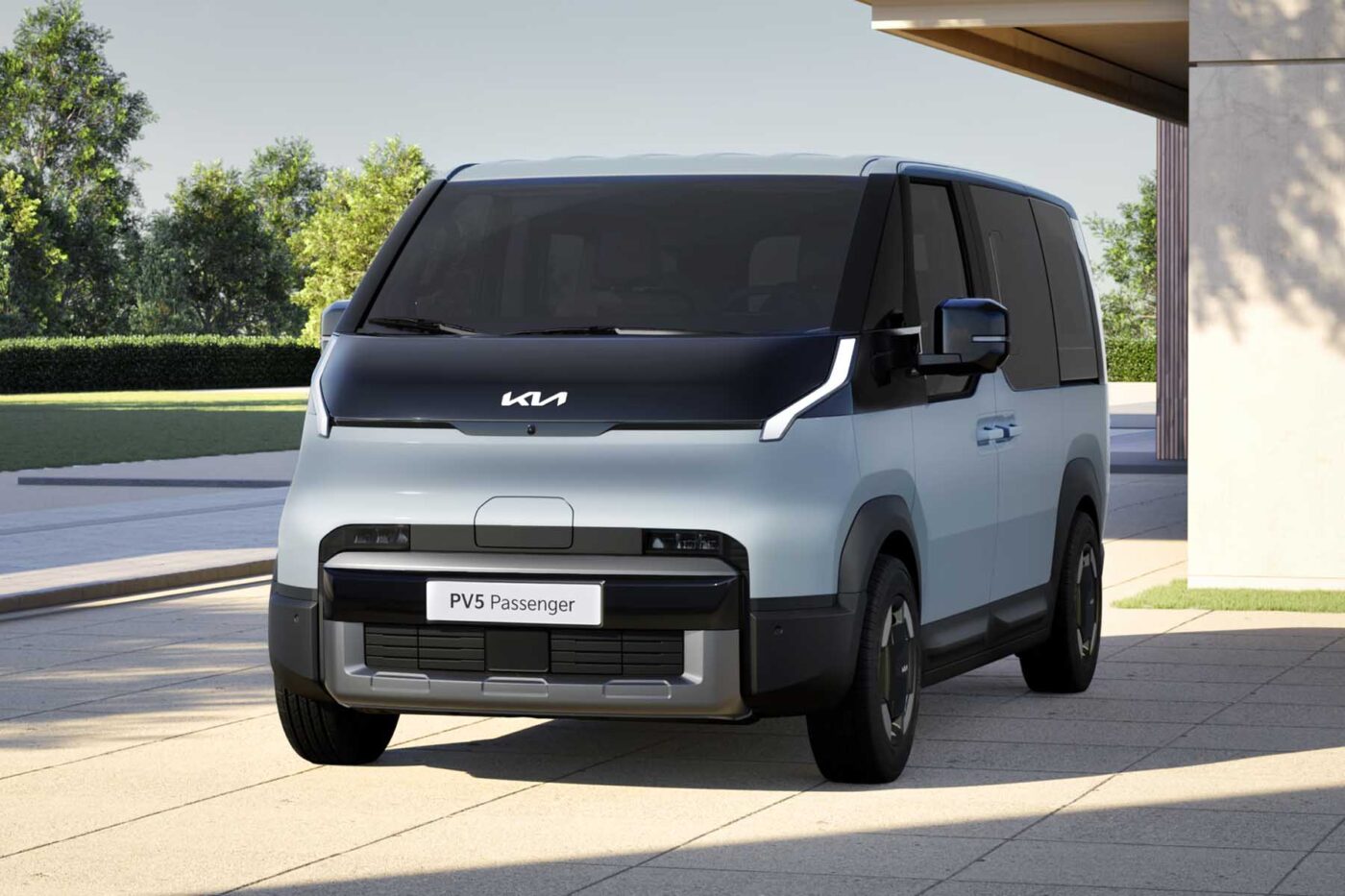
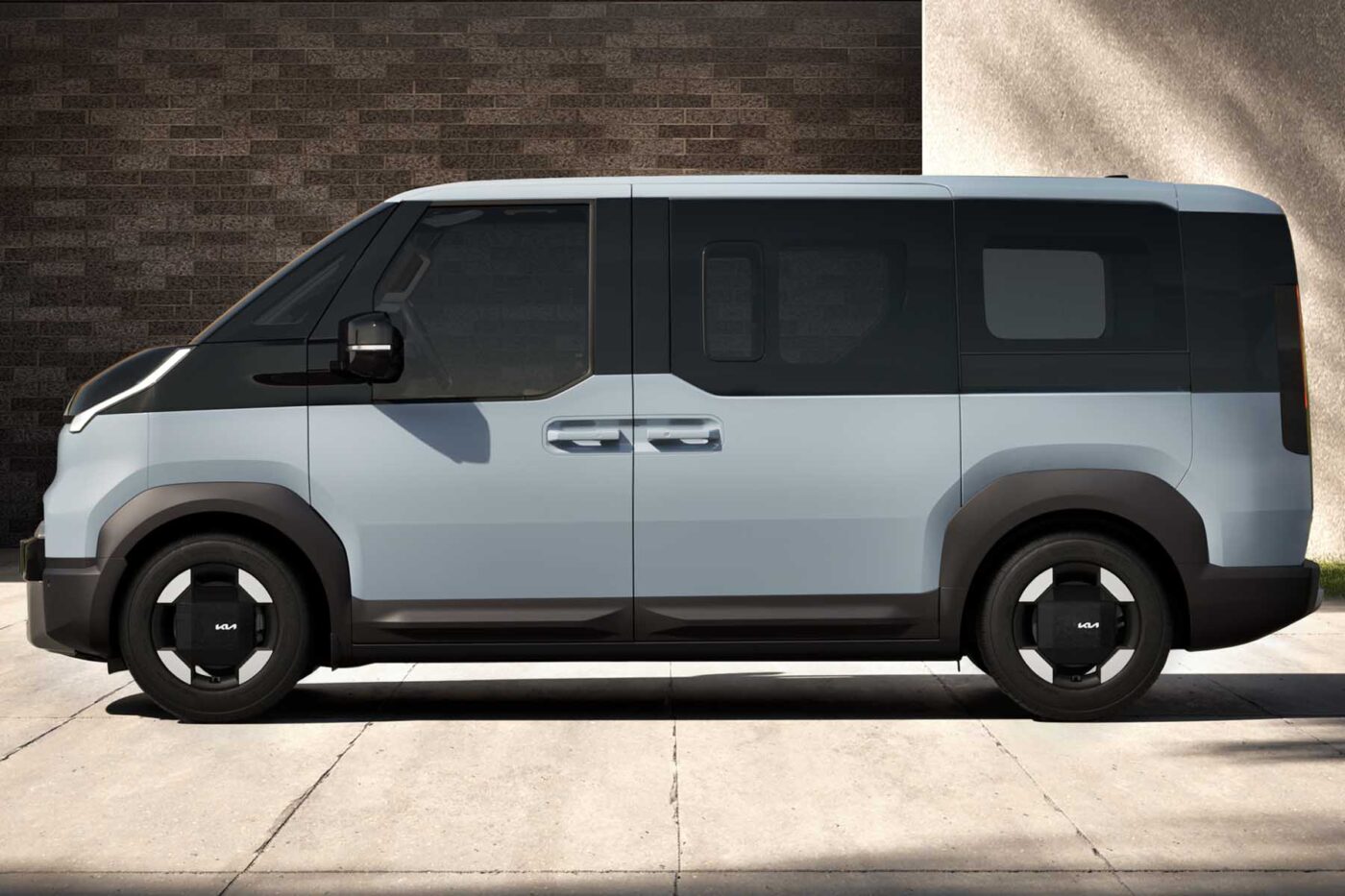
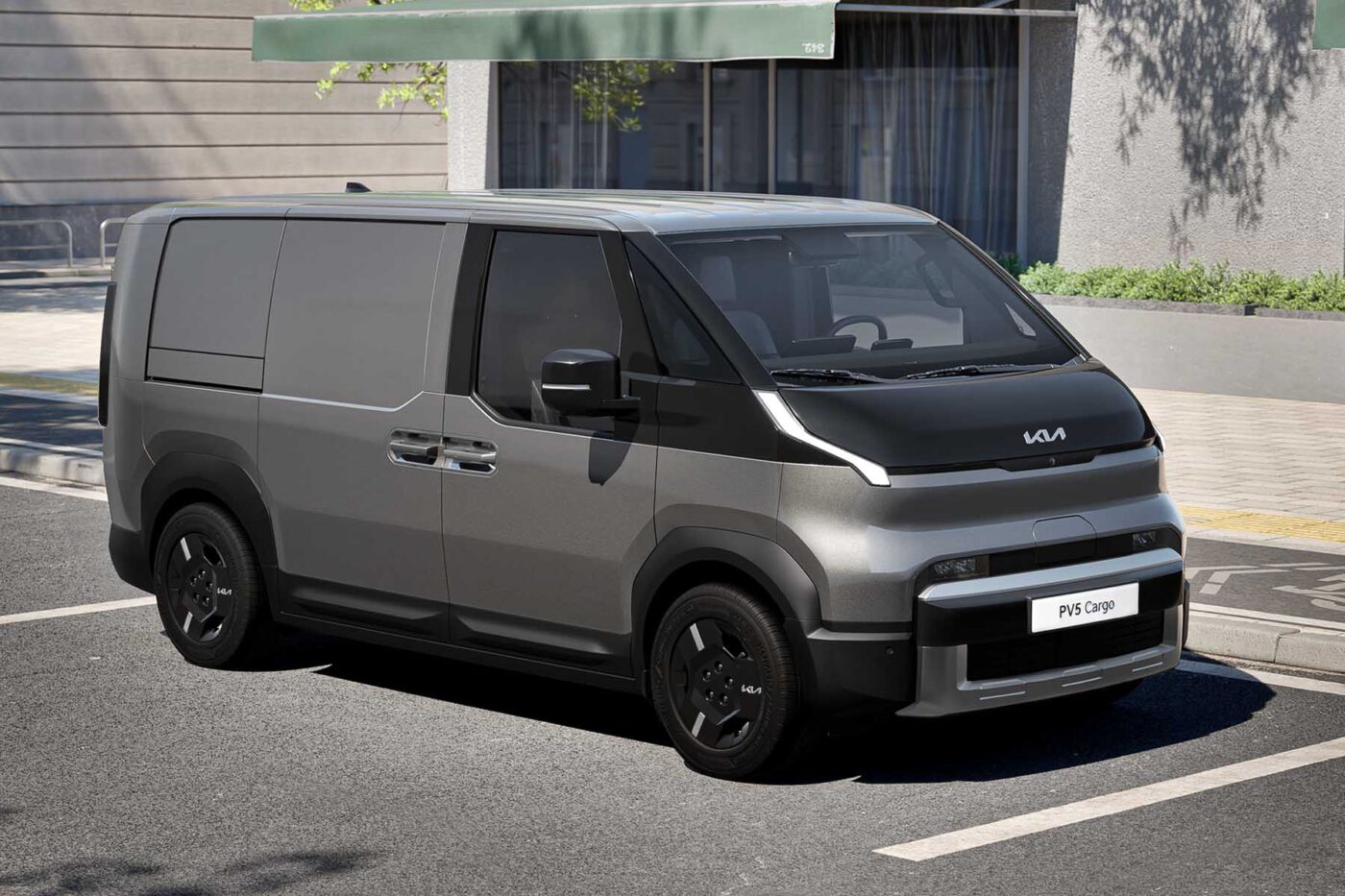
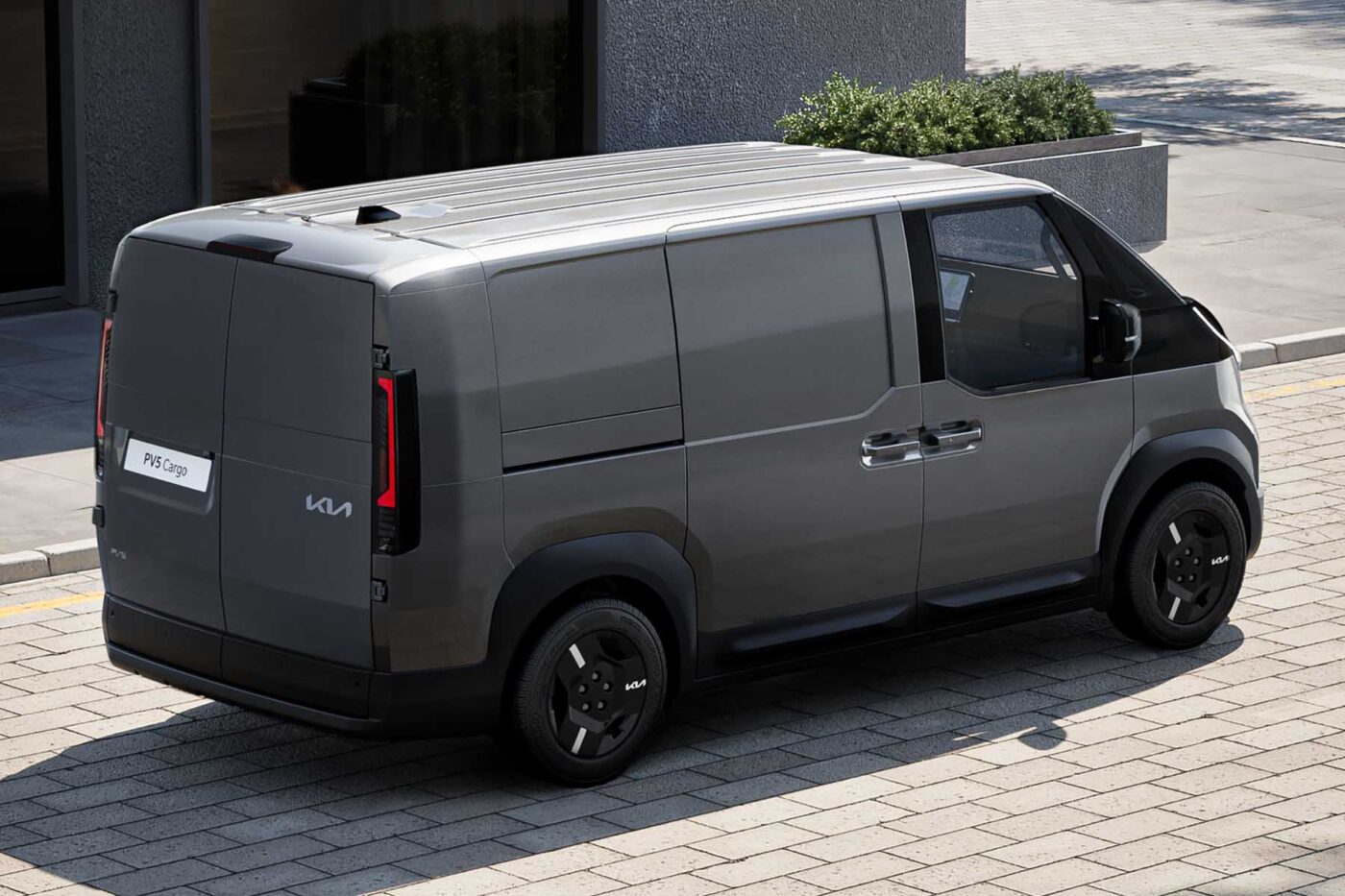
For example, the now-unveiled PV5 still has a short bonnet with sensors and a centrally positioned Kia logo. The daytime running lights are now integrated there and are no longer in the A-pillar. In addition, the exterior camera mirrors have been replaced by conventional mirrors positioned further back. Instead of the flush-integrated door handles of the concept car, the production model has bow handles. And at the rear, Kia has opted (probably for cost reasons) for the vertical tail lights common in the segment, which, unlike on the passenger car models, do not extend into the boot lid. However, the underlying design language – right down to the look of the wheel rims with four spokes, depending on the equipment – is strongly reminiscent of electric car models such as the Kia EV3 or EV9.
In one respect, however, the PV5 is a conventional commercial vehicle. The box-shaped profile is intended to increase space efficiency, whether in the cargo or passenger version. Kia wants to offer different body variants “to meet a wide range of usage needs.” The South Korean company had already partially shown a high-roof version as a concept. The usual differences between the cargo and passenger versions concern the side windows from the B-pillar and the tailgate: the model for passenger transport has a one-piece, upward-opening tailgate, while the PV5 Cargo has a rear door with two wings.
As with the concept cars, however, Kia has not provided any technical data on the electric drive. It is thus still unclear which drive options will be available and how large the batteries will be. To date, light electric network vehicles in this segment have often been equipped with relatively small batteries for cost reasons, which are often sufficient for last-mile delivery services or contractors, for example. However, applications over longer distances or with higher energy requirements, such as heavy loads or with trailers, quickly become impractical. Details should be available in a week when Kia officially presents the model at its own EV Day 2025. The design of the EV4 electric saloon has also been unveiled in advance, and the technical specifications are also expected at the Kia EV Day 2025.
However, in the announcement for the design premiere, the focus is – unsurprisingly – on the design. Kia emphasises the “fresh aesthetic” of the model and the “flexibility and customisation through a modular approach.”
“While the PV5 is offered in three different body styles to provide innovative solutions for a diverse range of customer needs, they all embody the same consistent design values inspired by Kia’s design philosophy, ‘Opposites United,’” said Karim Habib, Head of Kia Global Design. “Each model confidently expresses a solid, bold, futuristic character and a highly capable attitude.”

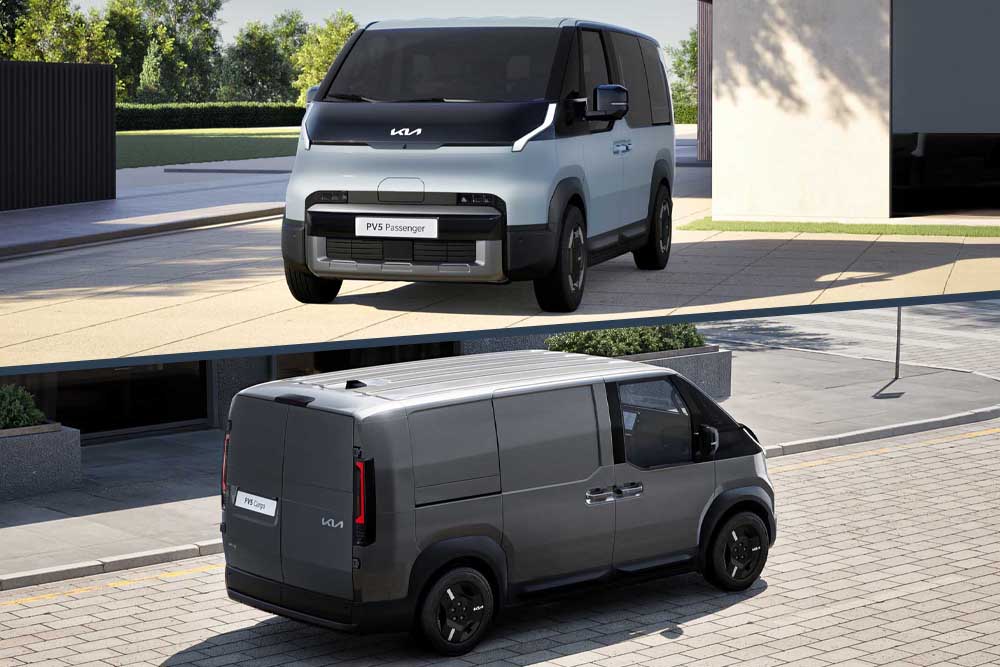
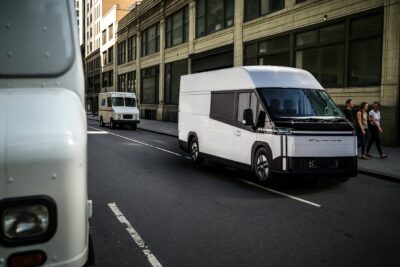

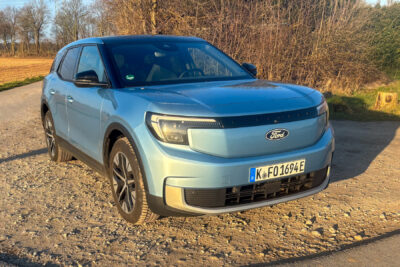
0 Comments